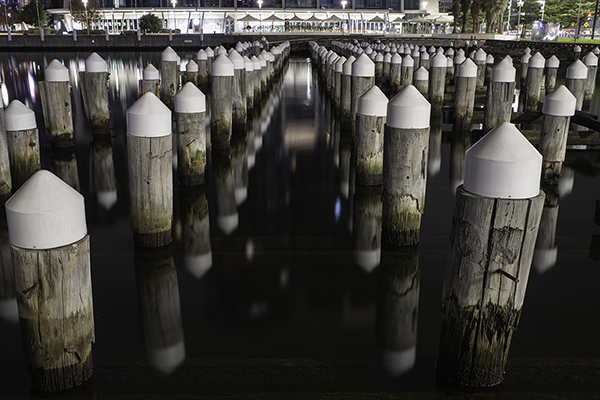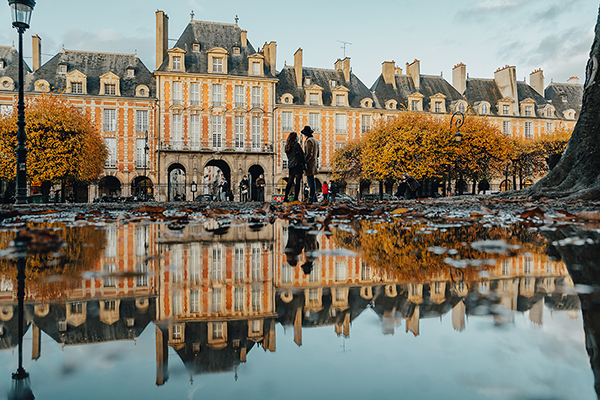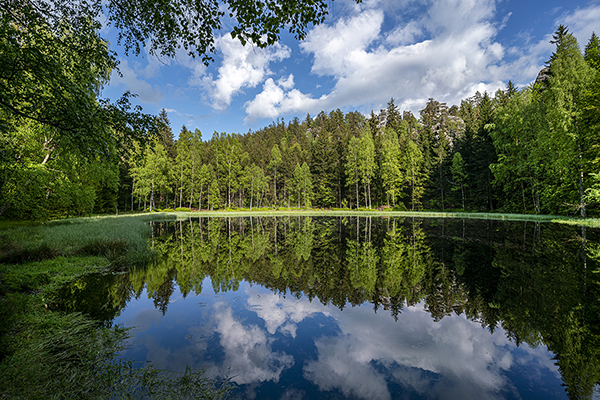Tamron Blogs
More Photo Tips | Video Gallery | Photo Gallery | Enewsletter sign-up
What Do You Need to Photograph Reflections?
Reflections appear frequently in the most stunning landscape photographs, but they aren’t just for landscapes. Even in street or building photography, windows, pools of water, and other reflective surfaces can make for interesting shot compositions.

© Glynn Lavender
17-50mm, 36mm, F8.0, 30.0 sec., ISO 100
Click image to view larger
There are numerous ways to photograph reflections, such as puddles, lakes, and even rainfall. However, don’t limit yourself to just water. Mirrors, tiles, and other materials can also be used to reflect objects or people.

© Glynn Lavender
17-50mm, 50mm, F4.0, 1/1250 sec., ISO 100
Click image to view larger
If you want to learn how to photograph reflections better, you will want to use a wide-angle lens to fill the frame with your subject and reflection. Tamron’s 17-28mm F/2.8 Di III RXD, 17-50mm F/4 Di III VXD, and 11-20mm F/2.8 Di III-A RXD lenses take you into the stunning world of super wide-angle photography. They deliver exceptional optical performance from edge-to-edge over the zoom range, incorporating the world around the reflections to make your photography more unique.
When you photograph reflections, utilize symmetrical compositions to create a sense of balance and harmony. To create visually striking compositions, look for reflections that mirror the subject, such as buildings, trees, or mountains. This can add depth and context to your photographs, drawing the viewer’s attention to the reflection.

© Olivier Wong
17-70mm, 17mm, F3.5, 1/160 sec., ISO 250
Click image to view larger
Using a longer exposure can create a smooth and ethereal effect on the water’s surface, so you’ll want to practice this technique as you learn how to photograph reflections. Long exposure works best in low light conditions or when using neutral density filters to reduce the amount of light entering the camera. You can also use a polarizing filter, which can help reduce glare and increase the contrast and saturation of the reflection. It lets you see beneath the water’s surface, revealing submerged objects or textures.

© Frantisek Zvardon
17-28mm, 17mm, F8.0, 1/250 sec., ISO 200
Click image to view larger
Reflection photography offers endless creative possibilities. Embrace your imagination and enjoy the process of photographing reflections with our Tamron lenses. Browse our collection today to start creating captivating images that showcase the beauty of mirrored surfaces!
More Photo Tips | Watch Videos | Learn More About Tamron Lenses | Photo Gallery